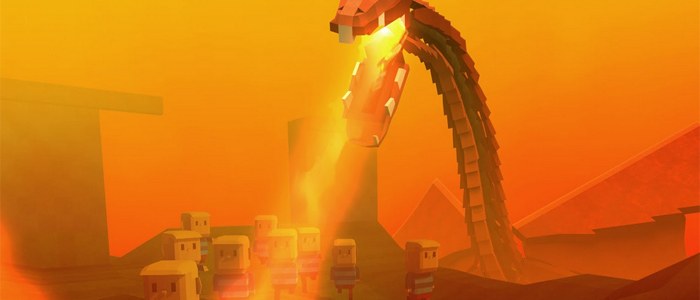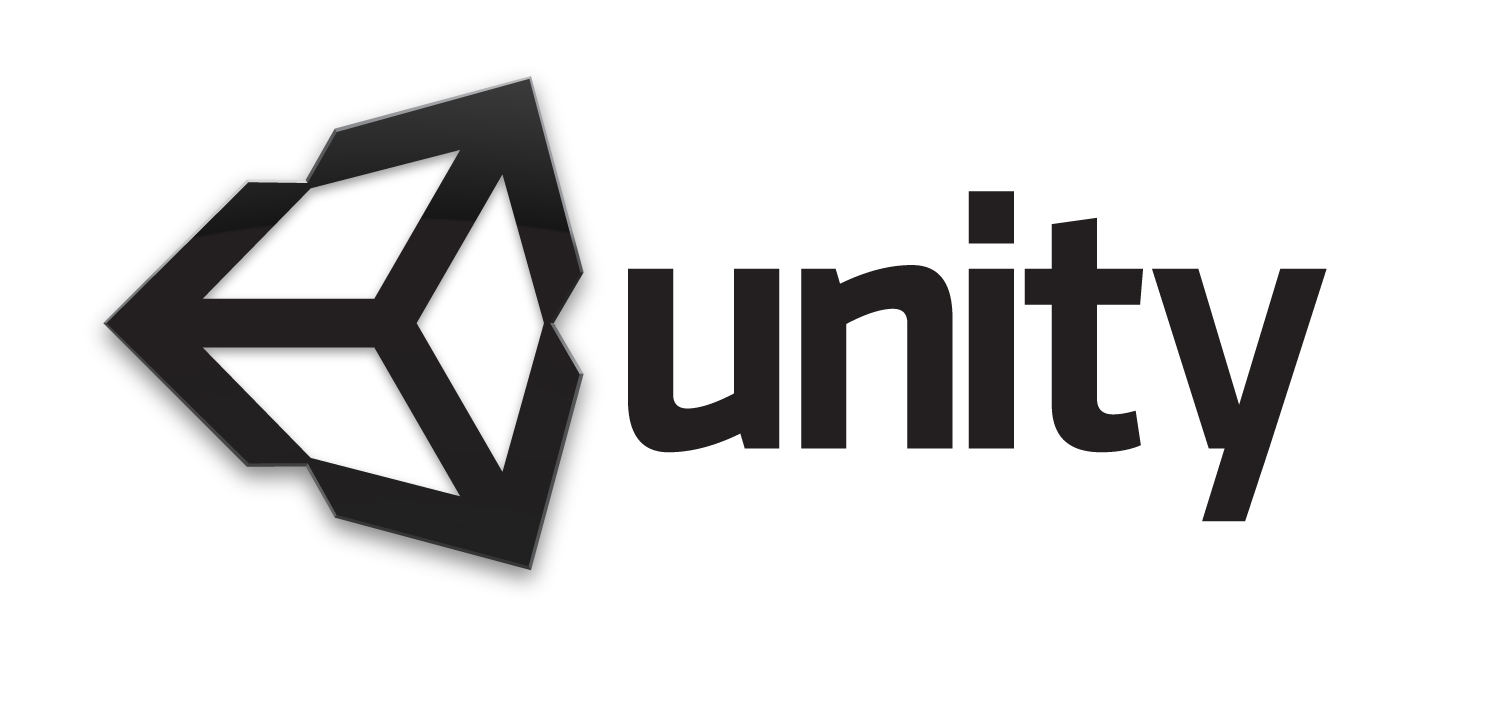26 Feb Using the AWS Flow Java framework with IntelliJ IDEA and Maven
Enabling AspectJ support in Java is a bit of a "love" story in itself. But making sure aspect weaving works for Amazon Simple Workflow in the Maven context (in which, I might say, any developer that operates in a production environment lives and breathes) is a challenge on its own. I'm sharing this article as a result of several days of research, sweat and hair pulling. In short, I am going to explain how to enable compile time weaving for the AWS SWF Flow Java Framework in combination with IntelliJ and Maven. So here goes...
09 May Unity Dragon NPC Proof of Concept
This October, through the DADIU initiative, I had the chance to do a Unity related internship at Multiverse ApS, the small studio responsible for KoGaMa. Before you start jumping around and arguing that this is a Minecraft clone, hear these guys out, because the idea behind KoGaMa is actually a great one. We're faced with a digital LEGO world in which each user can build their own games with their own rules. If everything goes well, KoGaMa can become a sort of "YouTube for video-games". The purpose of my internship was to explore some proof of concepts of interest-bearing assets that can be put into the game. Needless to say, I teamed up with a cool geezer and we chose to explore the idea of a dragon NPC (to keep the cool-factor high up, you know). This is supposed to be a short post-mortem of what was learned and discovered.
09 May Little Brothers Mini-Game Prototype
Little Brothers may not be much for most people that visit my portfolio, it being a very rough sketch of a prototype of a game (a seed of an idea, honestly). But it has a special meaning for me. It's the first attempt at a 'serious' game in Unity, while collaborating with a team of people that share more or less the same passion as I do. It's that landmark that you feel weighs hard in your decisions, you know, to realize if you want to do this for the whole rest of your life. So it only seemed fair for me to talk about how Little Brothers got to be.









